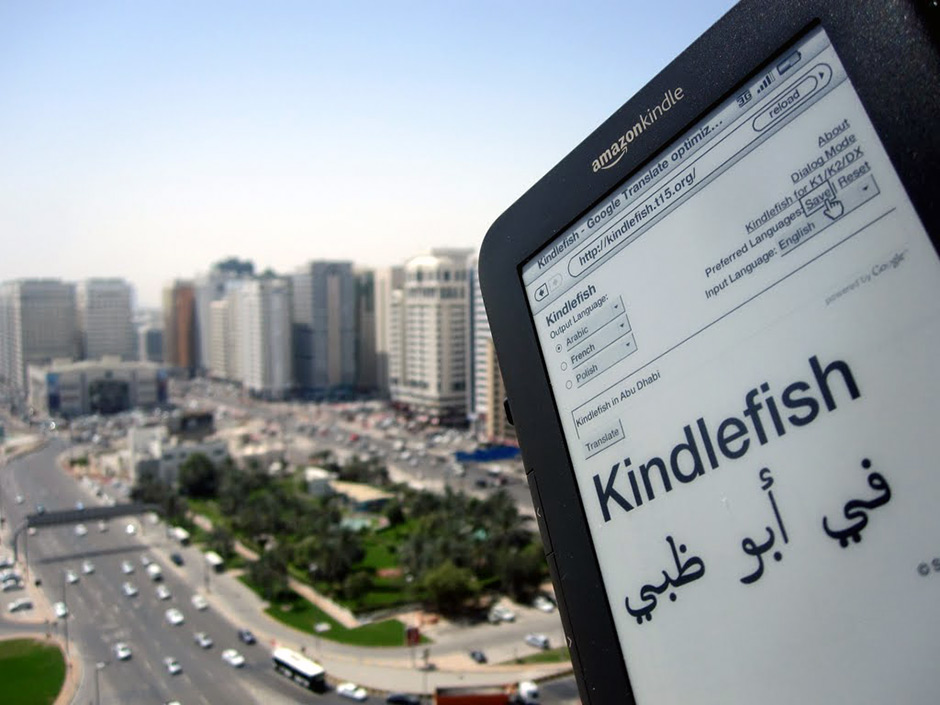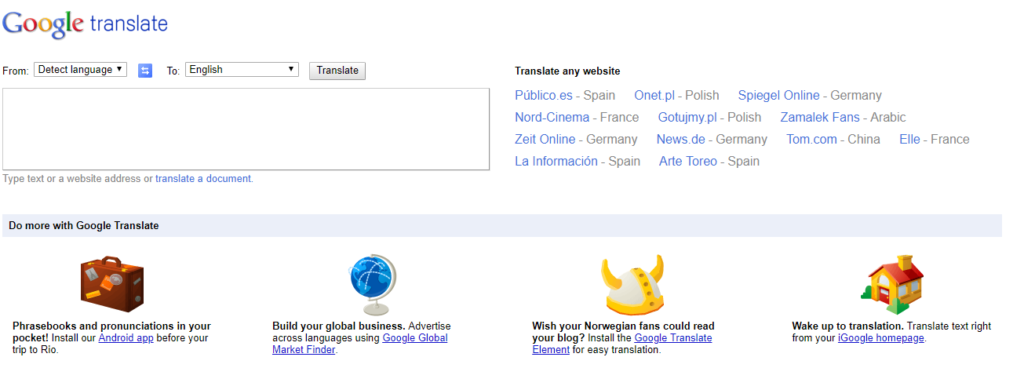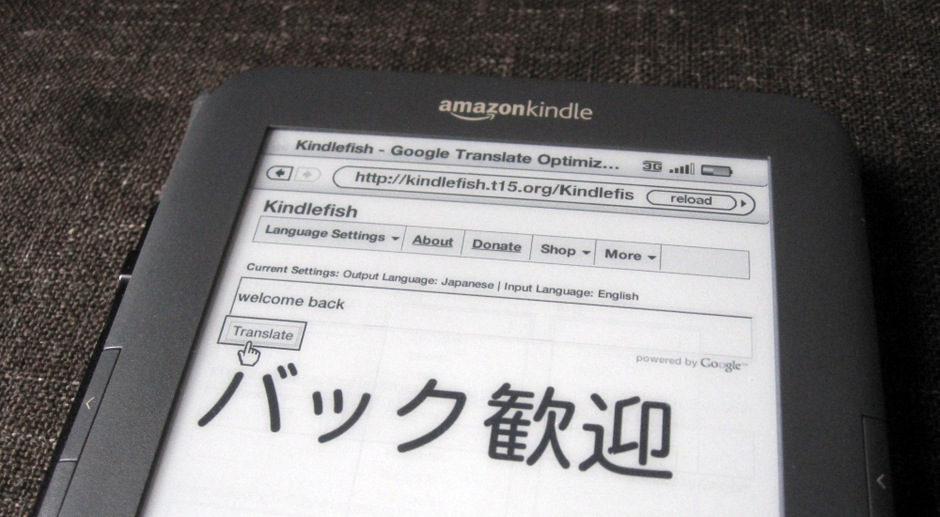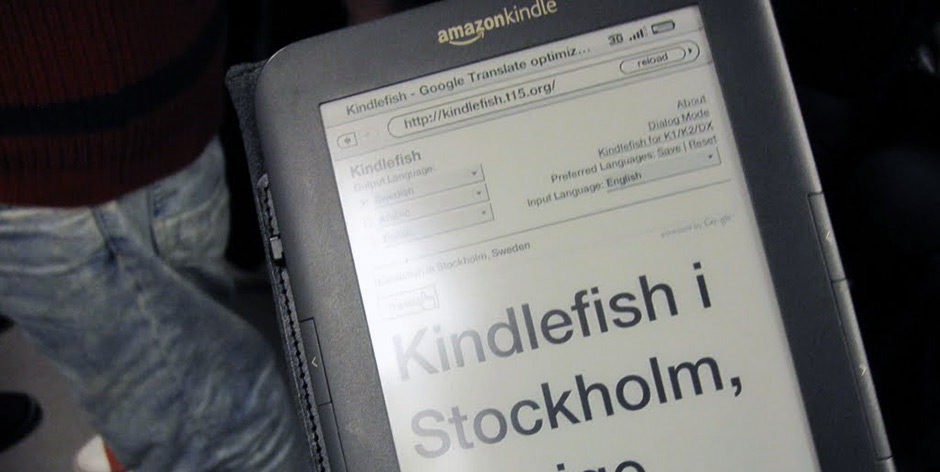 2019 Update
2019 Update
I took the website down a couple years back due to a combination of low traffic (It really was a niche website) and the obsolescence of it. I also may have gotten a letter for Amazon telling me that I couldn’t use the word “Kindle”. The website was changed to kfish.info to meet their criteria (these photos are illustrative of what it was before that letter) and now is 100% historical. If it wasn’t clear, I was not and am not affiliated with Amazon or Google.
It’s been over 5 years since the site went dark and a lot has changed since then. I don’t use my Kindle anymore, battery life on smartphones has improved dramatically, USB power is common on planes, I have a huge 20,000mAh battery pack, and since I am a T-Mobile customer, I have free global data. All of this means that kfish wasn’t really all the useful anymore.
Google has also really stepped up their translate game. When I made kfish, this (below) is what Google Translate looked like. It was pretty basic. Now, you can download language packs and translate using your camera completely offline. I used that on a recent trip to Japan to translate Kanji to English in some situations. It’s really amazing.
One thing, however, that I am a bit chuffed over is that kfish had a “dialog” mode before I heard anything about it from Google. In the dialog mode, it would swap back and forth between the two languages you picked, so that you could hypothetically hand the kindle back and forth with someone and make it work. I wasn’t really aware that Google was doing anything like that until they announced it in October of 2011 for a broader set of languages.
Original Post
When I was traveling extensively, I was often left with a single gadget with battery power: My Amazon Kindle Keyboard 3G. If my iPod, phone, and everything else was dead, I knew that there was a good chance that my Kindle was not only alive and well, but connected to the internet thanks to the global 3G coverage that is built in and free. It was a great travel companion and the Kindle Keyboard also included a browser that allowed access to the full internet (later models allows access to wikipedia, but not other sites). On one of my trips to Turkey, I used it to access Google translate and the idea of kfish (originally kindlefish) was born.
At that time, the interface for Google translate was not optimized for the stripped down and atypical format of the Kindle screen. The translation output on the screen was also useless for the type of on-the-go translations I had in mind and occasionally needed. I wanted big, shareable text and an interface that could be navigated without a mouse or an excessive number of clicks. The end result was that I created my own interface for Google Translate, using their API and javascript to call the service, as well as store preferences for languages. The net result is a light webpage that brings instant translation of over 50 languages to the Kindle.
Kfish went through a major redesign in 2012 to streamline the interface and maximize the amount of space available for the large output text. The text is purposefully large in order to be something that can be read with ease from a few feet away.






